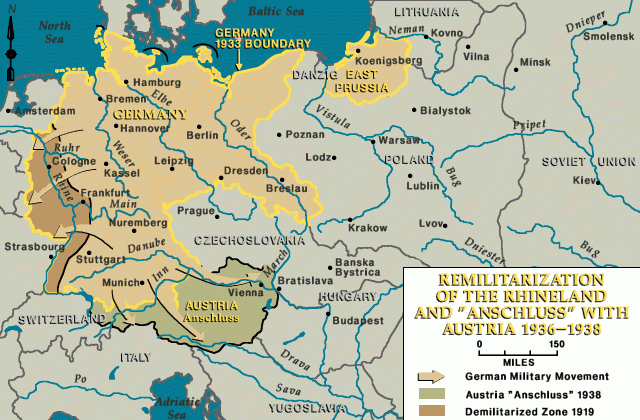 ŻYDZI W OBRONIE WARSZAWY WE WRZEŚNIU 1939
ŻYDZI W OBRONIE WARSZAWY WE WRZEŚNIU 1939
Żydowski Instytut Historyczny
Wojna obronna 1939 roku w zbiorach Żydowskiego Instytutu Historycznego.
 1 września 1939 r. Żydzi warszawscy kopią rowy obrony przeciwlotniczej
1 września 1939 r. Żydzi warszawscy kopią rowy obrony przeciwlotniczej
W dokumentach Archiwum Ringelbluma znajdujemy wiele informacji o przebiegu kampanii wrześniowej, m. in. w tomach poświęconych wydarzeniom na obszarach włączonych do Rzeszy, terenach zajętych przez ZSRR, a także w relacjach z Generalnego Gubernatorstwa. Pierwsza część 15. tomu edycji ARG to 31 tekstów, które relacjonują pierwsze miesiące wojny. Są to doświadczenia żołnierzy wziętych do niewoli, informacje o przebiegu działań wojennych. Koncepcja wyodrębnienia dokumentów dotyczących udziału Żydów w kampanii wrześniowej pojawiła się już w początku lat dziewięćdziesiątych.
We wstępie do tomu „Wrzesień 1939. Listy kaliskie. Listy płockie” dr Eleonora Bergman przywołuje słowa Adama Ciołkosza:
Polacy chrześcijanie i Żydzi polscy są ludnością tego samego państwa, a więc ich walka nie jest walką dwóch różnych sił, lecz jedną i tą samą walką. (…) Walczyli na tej ziemi i w obronie tej samej ziemi, walczyli i walczą w takich samych mundurach, z tym samym białym orłem na furażerkach. (Adam Ciołkosz, Wrześniowe wspomnienia, w: Żyd polski – żołnierz polski, Rzym 1945-Warszawa 2010)
W szeregach Wojska Polskiego w 1939 roku 10% (wielkość ta odpowiada udziałowi Żydów w ówczesnej populacji Polski), czyli około 100 tysięcy, stanowili żołnierze pochodzenia żydowskiego. W bitwach wojny obronnej zginęło około 7 tysięcy (w tym 100 oficerów), a po jej zakończeniu i kapitulacji, około 20 tysięcy znalazło się w niewoli sowieckiej. Wśród jeńców było około 150 oficerów zamordowanych wiosną 1940 roku w Katyniu, Charkowie i Miednoje. Znacznie większa liczba żołnierzy trafiła do niewoli niemieckiej, około 60 tysięcy było więzionych w obozach jenieckich do 1940 roku. Z tej grupy udało się przeżyć około 300 oficerom w oflagach.
 Żydowskie kobiety maszerują kopać rowy przeciwlotnicze, Warszawa wrzesień 1939
Żydowskie kobiety maszerują kopać rowy przeciwlotnicze, Warszawa wrzesień 1939
Zawartość publikowanych artykułów i materiałów nie reprezentuje poglądów ani opinii Reunion’68,
ani też webmastera Blogu Reunion’68, chyba ze jest to wyraźnie zaznaczone.
Twoje uwagi, linki, własne artykuły lub wiadomości prześlij na adres:
webmaster@reunion68.com



